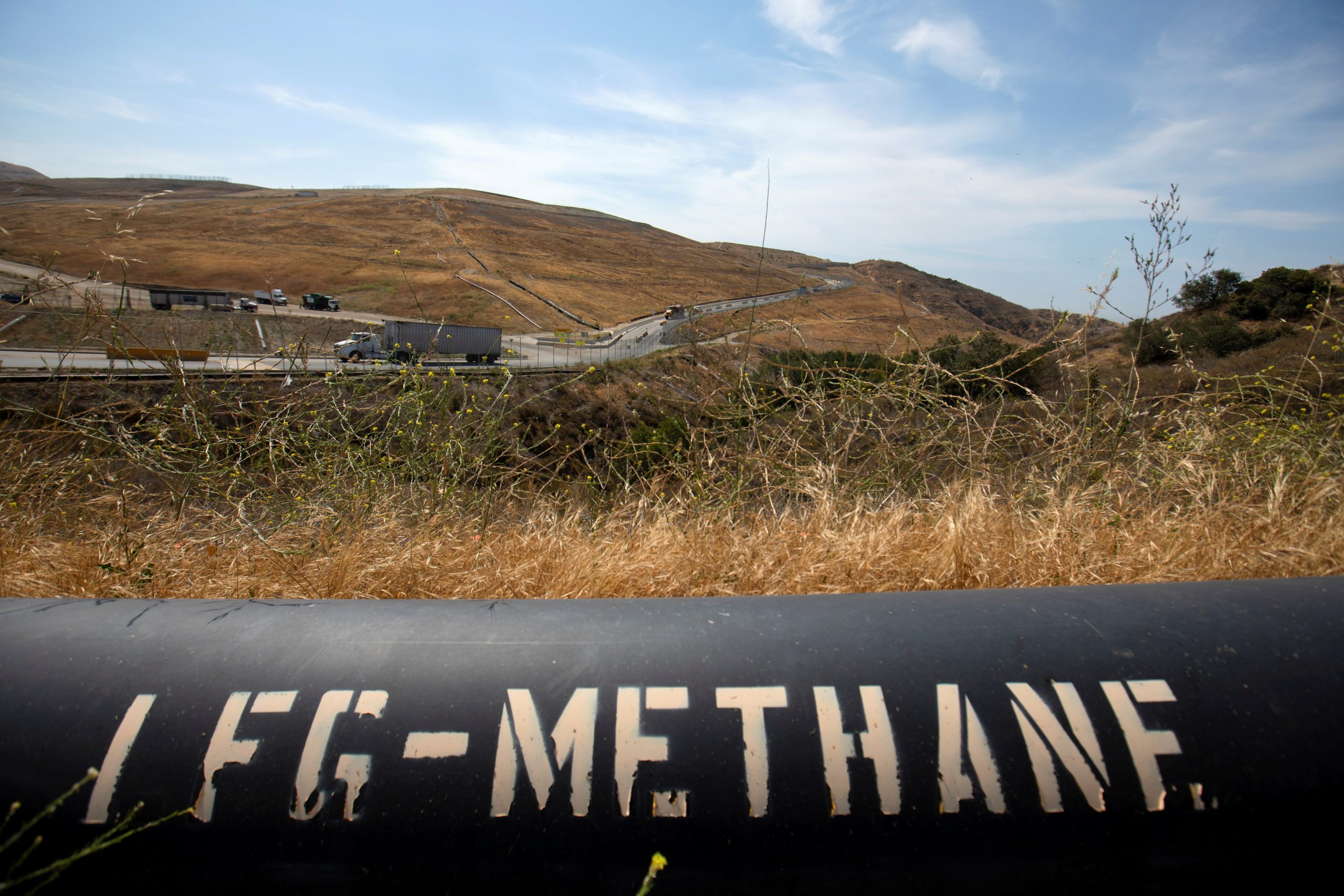
[elfsight_social_share_buttons id=”1″]
The United States on Tuesday unveiled a plan to slash emissions of the greenhouse gas methane from oil and gas operations as part of its strategy to crack down on climate change, drawing cautious support from both environmental groups and drillers.
The announcement coincided with the U.N. climate conference in Glasgow, Scotland, where the United States, the world’s second-largest greenhouse gas emitter, is seeking to reclaim leadership on the world stage by demonstrating tangible steps to curb emissions at home.
President Joe Biden has set a target to slash greenhouse gas emissions by more than 50% by 2030 but is struggling to pass climate legislation through a deeply divided Congress, making policies by federal agencies more crucial.
His administration and the European Union are also seeking to lead a new international pact to reduce methane economy-wide by 30% by 2030, drawing participation from over 100 countries.
Methane is the second-biggest cause of climate change after carbon dioxide. Its high heat-trapping potential and relatively short lifespan in the atmosphere means cutting its emissions can have an outsized impact on the trajectory of the world’s climate.
At the center of the U.S. plan to tackle methane domestically is an Environmental Protection Agency proposal that will for the first time require oil and gas operators to aggressively detect and repair methane leaks. Oil and gas operations account for a third of methane emissions.
“The timing of this is critical. As we speak, world leaders are gathering right now in Glasgow and they are looking to the United States for true leadership,” EPA Administrator Michael Regan told Reuters in an interview. “This proposal is absolutely bold, aggressive and comprehensive.”
Specifically, the proposal will require companies to monitor 300,000 of their biggest well sites every three months, ban the venting of methane produced as a byproduct of crude oil into the atmosphere, and require upgrades to equipment such as storage tanks, compressors, and pneumatic pumps.
The rules will most likely take effect in 2023 and will be aimed at slashing methane from oil and gas operations by 74% from 2005 levels by 2035, an amount equivalent to the emissions created by all U.S. passenger cars and planes in 2019, according to the summary.
While the United States has never before proposed to regulate methane emissions from existing sources, the Obama administration in 2016 introduced curbs on methane emissions from new oil and gas infrastructure.
Those regulations, which were weaker than the new EPA proposals, were scrapped by former President Donald Trump before being reinstated earlier this year by Congress.
The new EPA rules are expected to add “pennies” to the cost of a barrel of oil or thousand cubic feet of gas, according to the EPA’s analysis. But oil industry group the American Exploration & Production Council said they could add “siginficant new costs associated with compliance.”
The American Petroleum Institute, which represents the U.S. oil and gas industry, said it was reviewing the proposals.
“We support the direct regulation of methane from new and existing sources and are committed to building on the progress we have achieved in reducing methane emissions,” it said in a statement.
Major producer BP Plc, which has been seeking to burnish its green credentials and is investing heavily in clean energy, said it applauded the EPA proposals.
Washington-based environmental group Earthworks also called the proposals a positive step, but its policy director, Lauren Pagel, said “no well should be exempt from common-sense pollution standards when we know all wells pollute.”
The American Lung Association also said the proposal was a good start but the EPA needs to “set stronger limits and finalize them into law without delay”.
(Reporting by Valerie Volcovici and Nichola Groom; Editing by Gerry Doyle and Alistair Bell)
Copyright 2021 Thomson/Reuters
